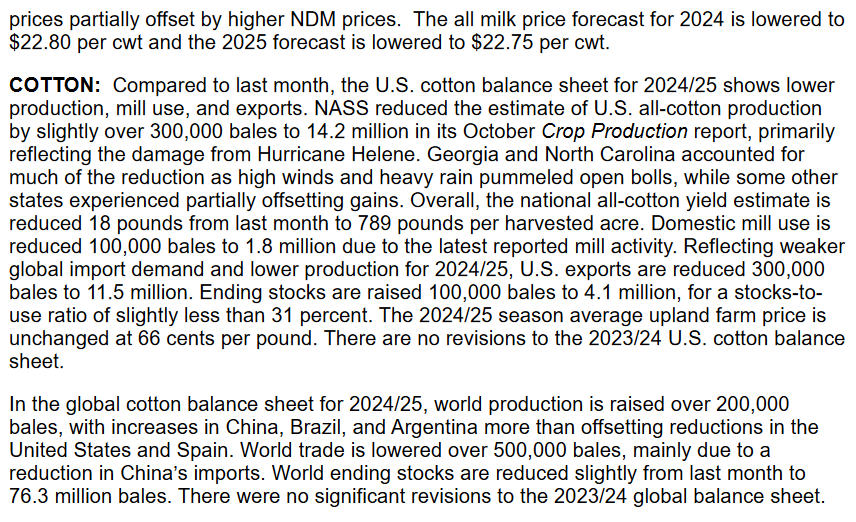Weather Outlook for the U.S. for Today Through at Least 22 Days and a Six-Day Forecast for the World: posted October 13, 2024
This article focuses on what we are paying attention to in the next 48 to 72 hours. The article also includes weather maps for longer-term U.S. outlooks (up to four weeks) and a six-day World weather outlook which can be very useful for travelers.
First the NWS Short Range Forecast. The afternoon NWS text update can be found here after about 4 p.m. New York time but it is unlikely to have changed very much from the morning update. The images in this article automatically update.
Short Range Forecast Discussion
NWS Weather Prediction Center College Park MD
Sun Oct 13 2024
Valid 12Z Sun Oct 13 2024 – 12Z Tue Oct 15 2024…Unsettled weather forecast from the Great Lakes and Ohio Valley to the
Northeast over the next few days……Record-breaking heat continues across parts of the Southwest and much
of the south-central U.S. today……Locally heavy rain possible across southeast Florida…
A deepening low pressure system progressing from the Lower Great Lakes
today towards southern New England by Monday morning along with a trailing
upper-level trough will bring unsettled weather to much of the Great
Lakes, Ohio Valley, and Northeast. Showers and thunderstorms are likely to
dampen outdoor activities along and north of a sharp warm front extending
from northern Pennsylvania to southern New England today. Meanwhile, an
attached cold front will sweep across the Ohio and Tennessee valleys by
this evening, with a few thunderstorms potentially turning severe and
containing damaging wind gusts from central Tennessee to eastern West
Virginia. The Storm Prediction Center has issued a Marginal Risk (level
1/5) of severe thunderstorms in order to highlight this potential. As the
area of low pressure strengthens further on Monday and Tuesday while
lifting northward into eastern Canada, cold air surging southward on the
backside of the system will allow for high elevation snow in the
Adirondacks and northern New England mountain ranges. Lake effect rain and
snow showers will also be evident as cold northerly flow persists through
midweek. An autumn chill will spread over much of the Midwest and eastern
U.S. following the passage of the aforementioned cold front this week as
high temperatures only reach the 50s and 60s, with widespread lows in the
30s and 40s.One more day of record-breaking heat is expected across the south-central
and southwestern U.S. today as mild air lingers south of the advancing
cold front. Highs into the 90s are anticipated throughout much of the Lone
Star State and Lower Mississippi Valley, with triple digits possible in
central Texas. 100s are also possible once again in Arizona before a
long-awaited gradual cooldown commences by Monday. Well above average
temperatures reorient early this week and are most apparent over the
western Gulf Coast, northern Rockies, and High Plains.Outside of the Northeast and Pacific Northwest, much of the Nation will be
void of notable precipitation over the next few days. However, another
localized area of heavy rain potential exists over southeast Florida today
before thunderstorm activity pushes east away from the Sunshine State on
Monday. A few thunderstorms may exhibit slow forward motion while
containing intense rainfall rates over the sensitive urban corridor of
southeast Florida, which may lead to localized flash flooding. A Marginal
Risk (level 1/4) of Excessive Rainfall is in effect to further highlight
this heavy rainfall threat.


























![[Image of WPC Flash Flooding/Excessive Rainfall Outlook]](https://www.nhc.noaa.gov/storm_graphics/AT14/refresh/AL1424WPCERO+gif/032332WPCERO_sm.gif)

